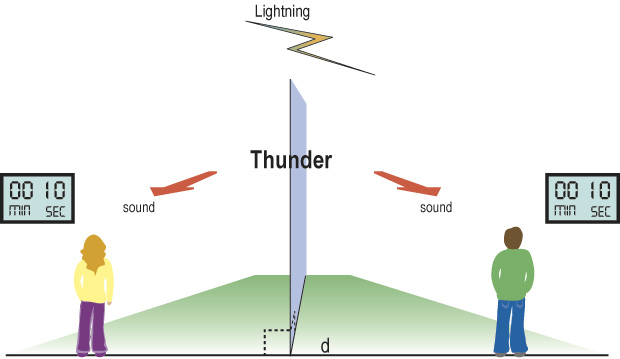

It's been seen in volcanic eruptions,extremely intense forest fires, surface nuclear detonations, heavy snowstorms,and in large hurricanes. Lightning is not confined to thunderstorms.About 400 people survive lightning strokes in the U.S. About 10 percent of lightning-stroke victims are killed, and 70 percent suffer serious long-term effects. Injuries range from severe burns and permanent brain damage to memory loss and personality change. Lightning can kill people (3,696 deaths were recorded in the U.S.

The odds of being struck in your lifetime is 1 in 3,000. The odds of becoming a lightning victim in the U.S.It is estimated that Earth as a whole is struck by an average of more than a hundred lightning bolts every second. Lightning detection systems in the United States monitor an average of 25 million strokes of lightning from clouds to ground during some 100,000 thunderstorms every year.The immense heat and other energy given off during a stroke has been found to convert elements into compounds that are found in organisms. Some scientists think that lightning may have played a part in the evolution of living organisms.The spark can reach over five miles (eight kilometers) in length, raise the temperature of the air by as much as 50,000 degrees Fahrenheit (27,700 degrees Celsius), and contain a hundred million electrical volts.
#Time between thunder and lightning crack
#Time between thunder and lightning full
Organized by the National Oceanic and Atmospheric Administration (NOAA) and other partners, L ightning Safety Awareness Week is held the last full week of June each year.


 0 kommentar(er)
0 kommentar(er)
